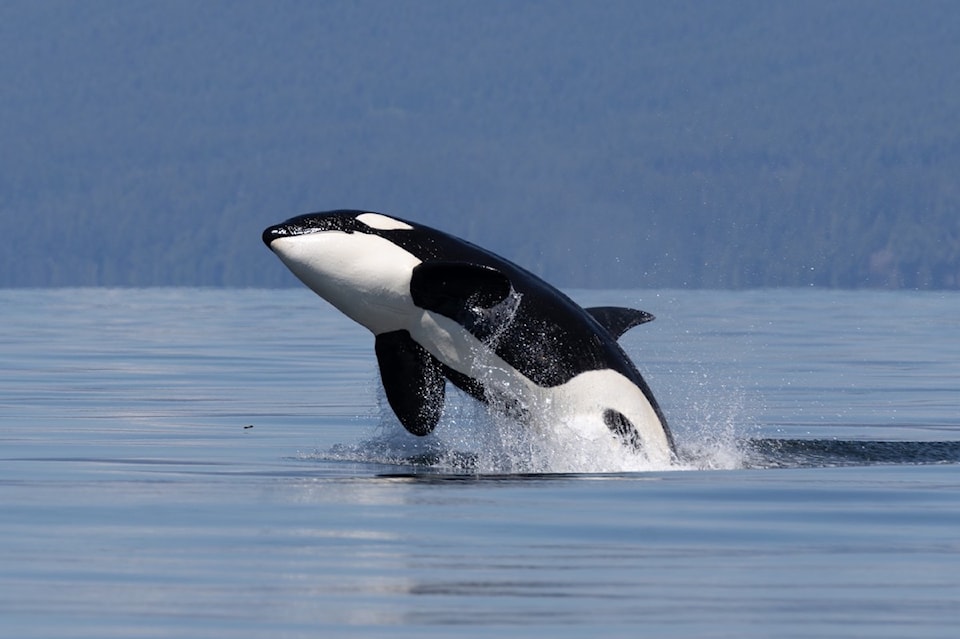Scientist and ecotourism groups are noting a months-long stretch of daily Bigg's killer whale sightings in B.C. waters.
Using sighting data from various sources, the Pacific Whale Watch Association and the Orca Behaviour Institute have recorded the mammal species in the Salish Sea every day since March 12.
“It’s quite the streak,” Erin Gless, executive director of the whale-watching group, said in a news release. “Knock on wood, but the season has been very good for viewing killer whales so far.”
The groups said last month was particularly noteworthy as 214 unique sightings of Bigg's killer whales were clocked in July alone. The Orca Behaviour Institute lauded how that marks a 70 per cent increase in such sightings compared to July 2023.
Unique sightings are defined as a distinct set of whales being seen on a specific day. While that group may be reported multiple times, it's only counted as one sighting per day.
"The July lull that we used to see in Bigg’s killer whale sightings in the Salish Sea is clearly no more," the San Juan Island-based Orca Behaviour Institute wrote in a recent blog post.
The Pacific Whale Watch Association includes 30 member companies that depart ports spanning from Seattle to Vancouver Island's Telegraph Cove. Those vessels recorded several large groups of around 20 to 30 Bigg's killer whales travelling together in July, and saw one cluster of 41 orcas from various families.
The groups contrasted the steadily growing Bigg's population – which feeds on abundant mammal prey like seals and sea lions – with the endangered Southern Resident killer whales. The latter group has only 74 whales remaining, according to the 2023 census count. The whale-watching association notes its members don't focus tours on Southern Residents.
The whale-watching vessels have also been seeing humpback whales on a daily basis as those bus-sized mammals feed on fish and krill in the Salish Sea.



